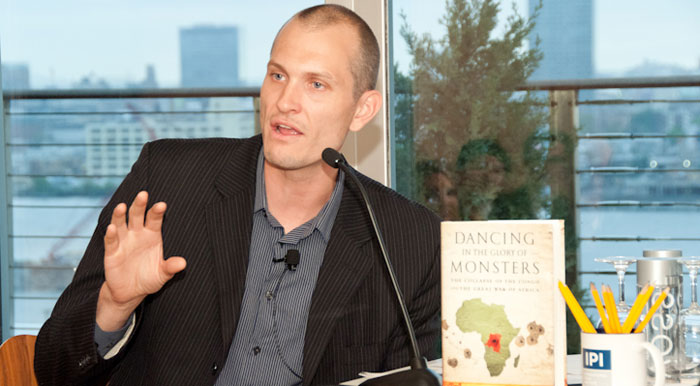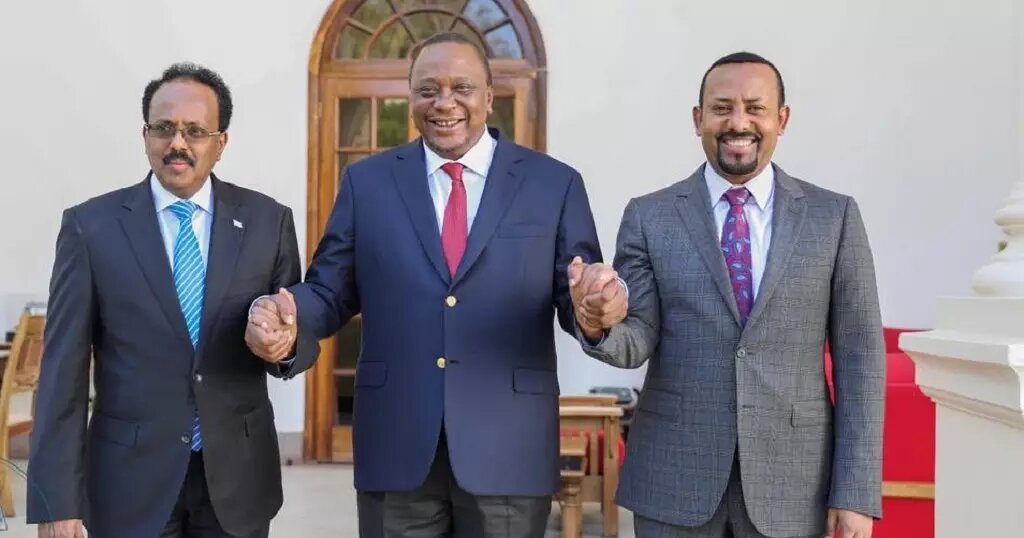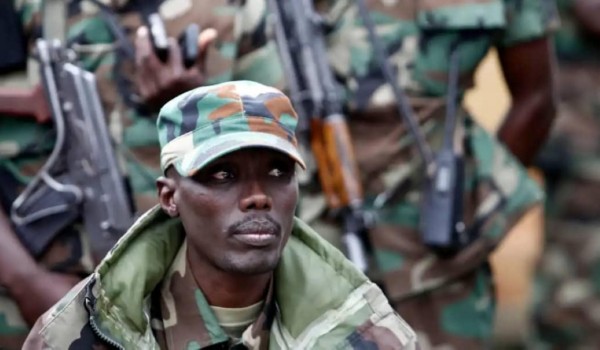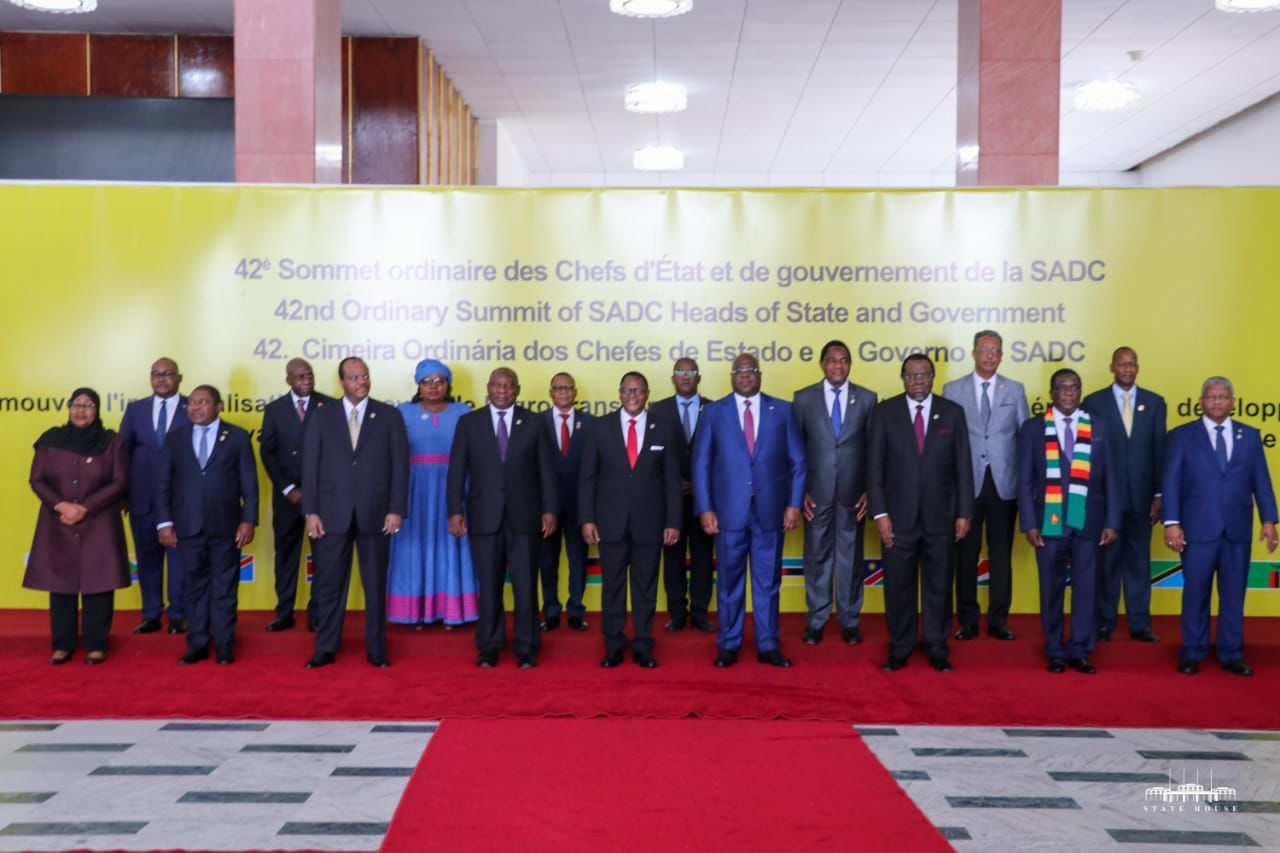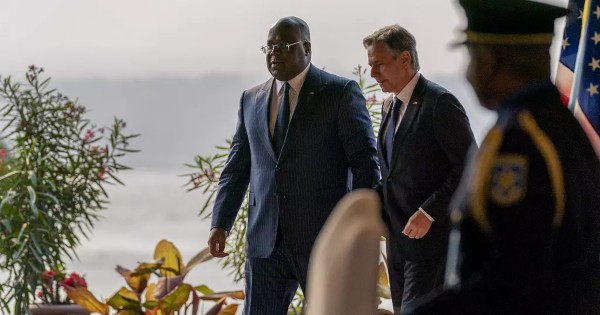Regional
Rwanda rising
The success of tourism in Rwanda: Kwita Izina and more
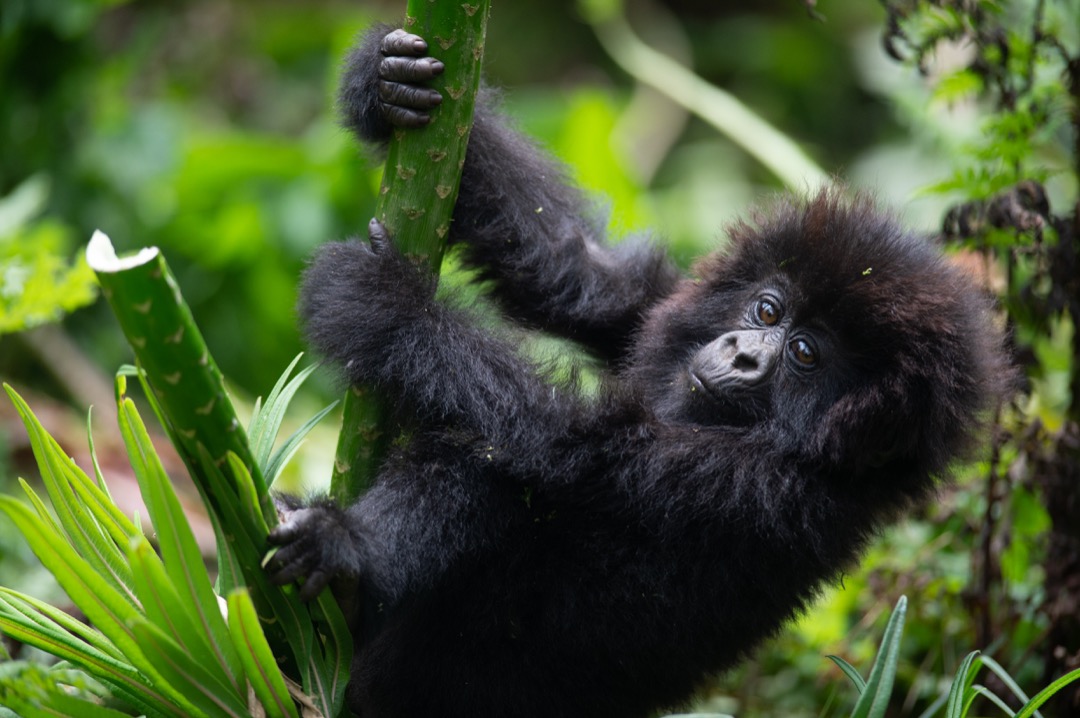
Rwanda,
a country with high tourism ambitions, will generate up to $360 million revenue
from tourism, in 2022, according the Tourism and Conservation Department at the
Rwanda Development Board.
In
the recent past, millions in investment money were injected into the
development of tourism and, despite challenges such as the Covid-19 pandemic,
the high investment continues to bear fruit.
Besides
tourism, Rwanda's largest foreign exchange earner, having already generated
more than 90,000 jobs, so far, the everyday impact tourist attractions have on
their surrounding communities also speaks volumes.
The
government sees tourism as a special tool to eradicate poverty. Every year,
since 2005, the government invests 10% of the revenue obtained from tourism in
communities living around national parks. In the last 18 years, the Tourism
Revenue Share (TRS) program has seen more than Rwf 7.9 billion distributed to
more than 880 community-based projects including construction of houses,
schools, health centers, water supplies, modern markets, and roads.
In
August 2022, communities in Kayonza District were given a fish farm, an
industrial park, teachers’ hostels and an abattoir. They were also given a
workshop for tailoring, carpentry, and electrical engineering, and modern
market. These initiatives are a dream come true to rural communities living
near Rwanda’s national parks and a life changer to so many, as they created
jobs for the communities. The TRS initiative also encouraged communities living
around the parks to be part of the biodiversity conservation effort instead of
poaching.
Money
is invested in projects that change the lives of inhabitants near the national
parks such that they do not rely on poaching or cutting trees in parks for
survival.
Everything
is centered on improving people’s welfare. The government shares tourism
revenues with the people and sits down with them to have candid discussions so
as to ably determine the most important projects for them.
In
2016, authorities handed over seven primary school classrooms to a community in
Mukamira Sector, Nyabihu District. They cost Rwf55.8 million generated from
tourism revenue. Beatrice Mukandekezi, a resident of Gasizi Cell in Mukamira
Sector, Nyabihu District, had three children studying at a school built thanks
to TRS money.
Thanks
to tourism, she said, her community got clean drinking water near and “our
children are getting enough time to study because they no longer spend long
hours fetching water, something that made them delay getting to school.”
In
2019, communities around the Volcanoes National Park in the districts of
Burera, Nyabihu, Musanze and Rubavu were given 729 cows to boost their welfare.
One the beneficiaries, Félicien Senyiki, a resident of Bigogwe sector in
Nyabihu District, said “buying milk cost me a lot of money” but, with a cow,
his life would only get better.
“That
is the same story for my neighbours and many other people around here. With
this cow, we won’t have to buy milk anymore,” he said.
From
2005 to 2019, before the pandemic, more than 250 classrooms were built, 80
water harvesting facilities constructed, 120 houses built for vulnerable
families, four modern markets elected, and six milk diaries set up, all for
Rwandans living near the national parks.
Throughout
2022, more than Rwf2 billion will be invested, countrywide, in various
community projects. In 2021, despite the pandemic which affected the tourism
sector, government invested Rwf700 million generated from tourism revenue.
Enter
Kwita Izina
Gorilla
tourism is one of the key contributors to the tourism sector’s recovery. The
Government, through the Rwanda Development Board and in collaboration with
conservation partners, achieved success in protecting and increasing the
endangered mountain gorilla population and conserving its habitat, thanks to
community led conservation efforts. The mountain gorilla population in the
Virunga Massif increased from 480 in 2010 to 604 as of June 2016.
Lately,
the annual Kwita Izina, or Gorilla naming, ceremony – a testament to the future
of conservation – is scheduled for September 2, in Kinigi, Musanze District.
The
September 2 event will be the first in-person ceremony after holding it
virtually for the last two years due to the pandemic. Dignitaries and
celebrities from across Africa and around the world are invited for the
colorful all-day affair.
Since
the start of the naming ceremony in 2005, 354 baby gorillas were named.
This
year’s celebration will see 20 new-born gorillas given names. It will showcase
Rwanda’s conservation efforts, including the need to expand the habitat of the
endangered mountain gorillas.
Volcanoes
National Park, a home to mountain gorillas, is one of the leading contributors
of tourism revenue. During the first six months of 2022, the park generated $11
million. In 2021 and 2020, it fetched $6 million and $5.9 million,
respectively. The park’s revenues stood at $21.9 million before the pandemic.
Generally, Rwanda’s successful conservation story is hinged on the fact that the government approaches conservation as a way to safeguard the country’s natural heritage for future generations while contributing to the national economy.


